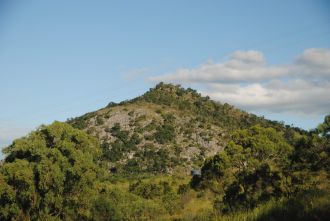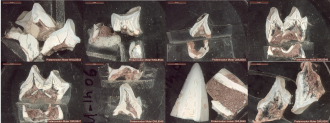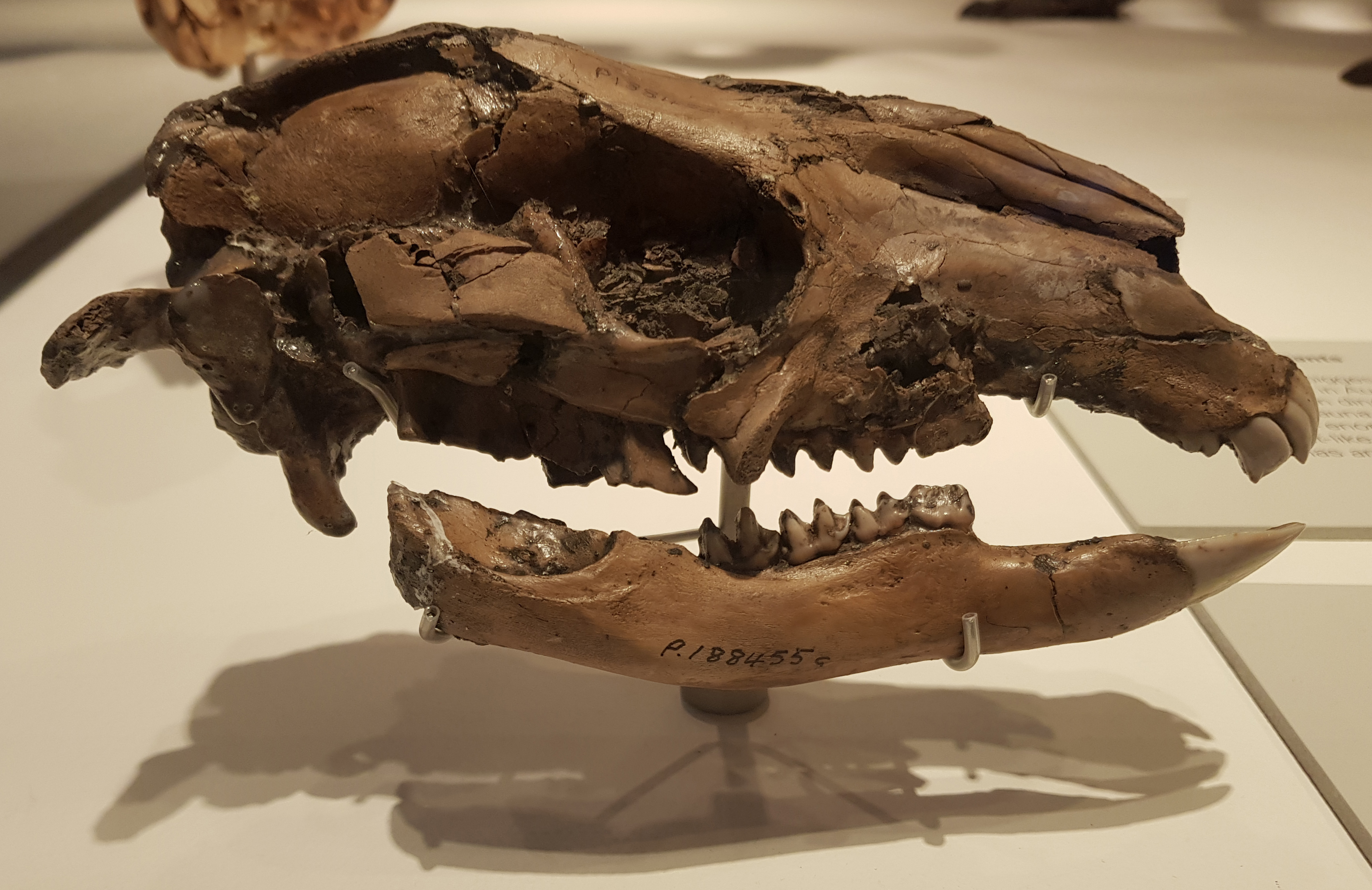Media release
From:
Peer-reviewed; Observational study; Animals
Giant extinct kangaroos preferred home to roam
Small home ranges made the ancient Australian kangaroos vulnerable to local extinction when climate change altered stable habitats
Giant kangaroos stuck close to home and went extinct when climate change caused that home to disappear, according to a study published April 23, 2025 in the open-access journal PLOS One by Christopher Laurikainen Gaete of the University of Wollongong, Australia and colleagues.
In large mammalian herbivores, bigger body size is often correlated with a wider home range, but whether this is true for extinct Australian megaherbivores is unclear. In this study, Laurikainen Gaete and colleagues used fossil data to predict the home range of the prehistoric, giant kangaroo Protemnodon and its implications for the species’ extinction.
Strontium isotopes in animals’ fossilized teeth reflect the geology of the region where it found its food. The researchers analyzed Strontium isotopes from Protemnodon teeth from ancient rainforest deposits at Mt. Etna Caves in central Queensland and found a match only to local limestones, rather than distant rock formations. This implies that Protemnodon had a much smaller foraging range than might be expected based on body size, estimated at up to 170 kilograms.
Previous research has suggested that Protemnodon were not capable of long-distance bipedal hopping due to their large size, and body shape, which in turn may have limited their capacity to roam. This study’s authors also propose that a stable and lush rainforest habitat would have provided enough food that Protemnodon had no need to range farther.
When changing climate and increasing aridity disrupted this rainforest environment around 280,000 years ago, small foraging ranges may have left Protemnodon unable to find greener pastures, leading to the local extinction of these giant kangaroos. Further research will be needed to determine if it was a common pattern for Australian giant marsupial home ranges to be correlated more with their habitat than their body size.
Chris Laurikainen Gaete adds: “Using data from modern kangaroos, we predicted these giant extinct kangaroos would have much larger home ranges. We were astounded to find that they didn’t move far at all, with ranges mirroring smaller modern kangaroo species.”
Dr. Scott Hocknull adds: “These new isotopic techniques have blown our field wide open. Imagine ancient GPS trackers—we can use the fossils to track individuals and know where they moved, what they ate, who they lived with and how they died. It’s Palaeo Big Brother.”
Multimedia





 Australia; NSW; VIC; QLD; SA
Australia; NSW; VIC; QLD; SA



